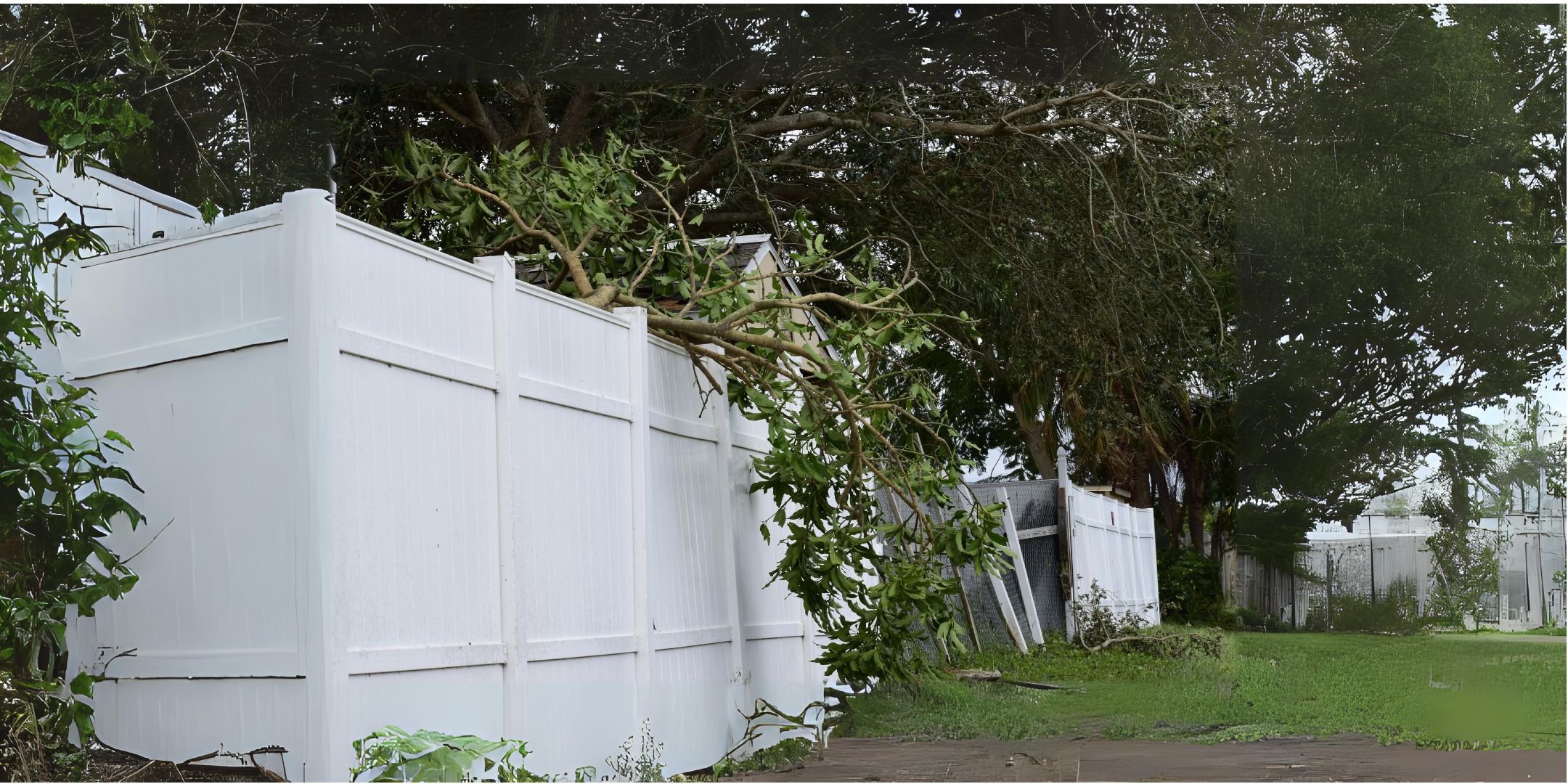What to do if a neighbour's tree is affecting you
Here's what you're legally allowed to do
We’ve all experienced the scenario where a neighbour’s tree encroaches over our fence, its roots wreak havoc on our lawn or you find yourself dealing with leaves galore on the floor.
No need to worry though because there is good news for you! There’s a process to handle such situations so you won’t have to navigate the situation blindly. We’ll show you what to do when these situations arise and how to handle it effectively.
The following is derived from Queensland Government Resources, and repurposed as easily digestible content. For all resources referenced, check the bottom of the page. What to do if a neighbour’s tree is affecting you.
What can the disagreement be about? It could be because of:
- branches overhanging your fence
- branches or fruit dropping into your yard
- roots causing damage to your property
- branches blocking sunlight from solar panels or TV reception
There are a number of things you can do if your neighbour’s tree is affecting you in this way; however, if possible you should always talk about a solution with your neighbour as a first step.
Important Note:
- Find out who is the tree-keeper is. In most cases, they are the registered owner of the neighbouring land the tree is growing on. It’s not just individuals who could be a tree-keeper; it could be an organisation or body corporate.
What can you legally do yourself?
If you have a tree hanging over your land, you can:
- remove all branches, roots and fruit that have passed your boundary line
- return the removed branches roots or fruit to your neighbour
When exercising the removal, make sure to comply with any applicable tree or vegetation protection orders.
What happens when you can’t come to an agreement?
If you’ve been unsuccessful in coming to an agreement with your neighbour, you can give them a notice to remove the problematic branches/roots. This notice is called a Form 3 – Notice for removal of particular overhanging branches. Click here for a copy of Form 3.
To use the Form 3, there are rules which need to be followed. The notice must:
- state a time by which the branches must be removed (at least 30 days from the date your neighbour receives the notice)
- ask your neighbour to give at least 1 day’s written notice of when the branches will be removed, showing
- who will do the work
- the day it will happen
- give permission to your neighbour or their contractor to enter your land on the agreed day between 8am and 5pm
- include at least 1 written quote for the cost of the work and a copy of part 4 of the Act.
Important Notes:
- If your neighbour doesn’t remove the branches by the specified time, you can remove them yourself or have a contactor remove them at your neighbour’s expense – they are liable to pay up to $300 a year for removing branches from their trees.
- This applies only where branches overhang more than 50cm and are less than 2.5m above the ground – and to trees not covered by a vegetation protection order. For trees higher than 2.5m above the ground and overhanging by 0.5m, you can apply to the Queensland Civil and Administrative Tribunal (QCAT) for an order.
Resolving tree disputes through QCAT
QCAT can help resolve neighbourhood tree disputes and can make a legally enforceable decision on the matter. Going to QCAT should be seen as a last resort as it is much better if you can resolve the problem together and stay on good terms with your neighbour.
Your neighbour’s tree is legally regarded as affecting you if, within the next 12 months, it’s likely to:
- seriously injure anyone on your land
- seriously damage your land or any of your property
- unreasonably get in the way of your use and enjoyment of your land (e.g. if the tree drops branches into your yard and you can’t use that area for fear of being hurt)
Risks posed by a tree and interference with your use and enjoyment of your land
Your neighbour’s tree may affect your land if the tree is either currently, previously, or may in the future pose a risk of causing:
- serious injury to a person
- serious damage to your land or property on your land.
Your neighbour’s tree may unreasonably interfere with the use and enjoyment of your land if it:
- interferes with television or satellite reception
- interferes with the proper functioning of solar panelling
- shades sunlight to a window or the roof of your dwelling if the tree is at least 2.5m high
- creates a substantial and ongoing accumulation of tree litter in your yard
- obstructs a view from a dwelling on the land that existed when you took possession of the land provided the tree is at least 2.5m high (see note).
Important Notes:
- Obstruction of a view from vacant land on which a dwelling is subsequently built is not covered. QCAT has ruled on numerous occasions that there must be a dwelling on the land when you took possession of the land.
- Normal tree litter—leaves, flowers, fruit, seeds or small elements of deadwood—would not be classed as substantial and therefore is usually not sufficient to obtain an order for the removal or cutting back of a tree.
Applying to QCAT for an order
When you are affected by a neighbour’s tree and you cannot resolve the issue any other way, you can apply to QCAT who can make a legally enforceable decision—an order—on the matter.
Orders QCAT can make
QCAT can make different orders depending on your particular situation. This can include an order:
- that the tree must have annual maintenance work
- that a survey is undertaken to clarify who owns the tree
- authorising a person to enter your neighbour’s land to obtain a quote for work or to carry out work on the tree
- for compensation or repair costs for damages to your property
- for an arborist—a tree specialist—to check and write a report on the tree
- that the tree is removed
Failing to comply with an order under the trees chapter of the Act
If your neighbour fails to comply with QCAT’s order and they don’t have a reasonable excuse, they can be fined up to $100,000.
Resources:
Rules about trees:
Handling the disputes: What to do if a neighbour’s tree is affecting you
Responsibilities: Your Responsibilities as a tree-keeper
Further Resources:
About QCAT: Find out more about QCAT.
Applying for QCAT: For Tree and Fence Disputes
Find out more about the mediation process: Neighbourhood Mediation
Form 3 – Notice for removal of particular overhanging branches
Know your rights: Neighbourhood Disputes (Dividing Fences and Trees) Act 2011
Land Title Act 1994: Land Title Act 1994.




